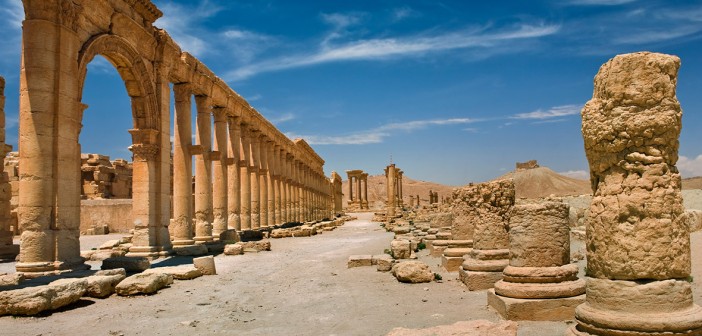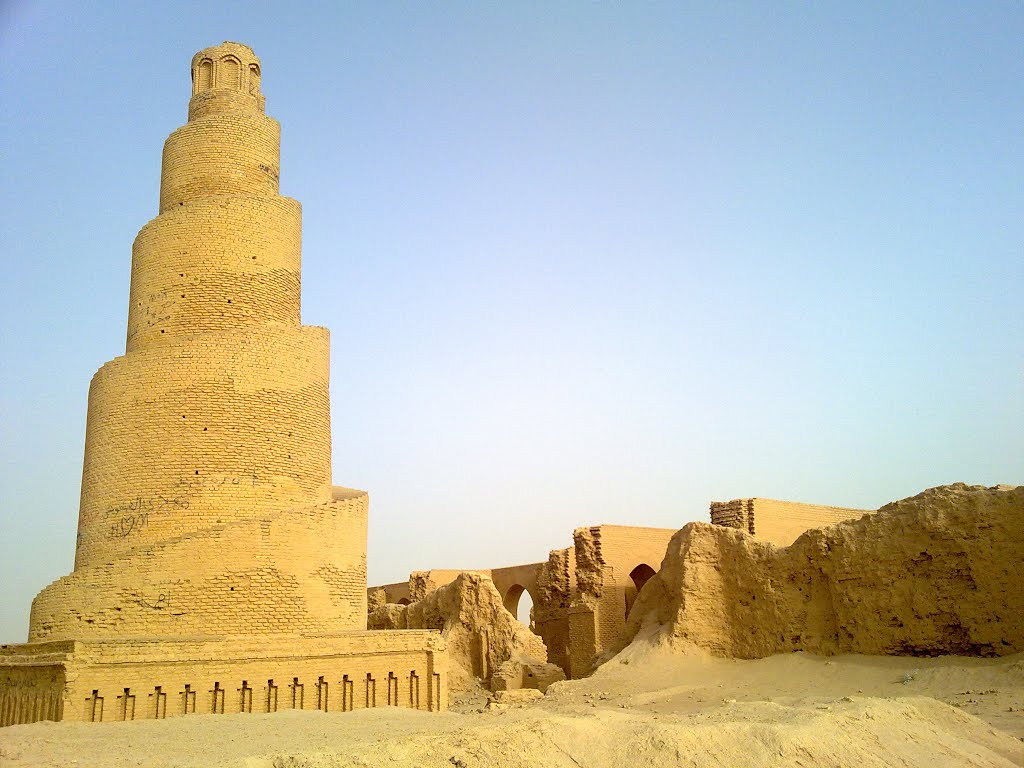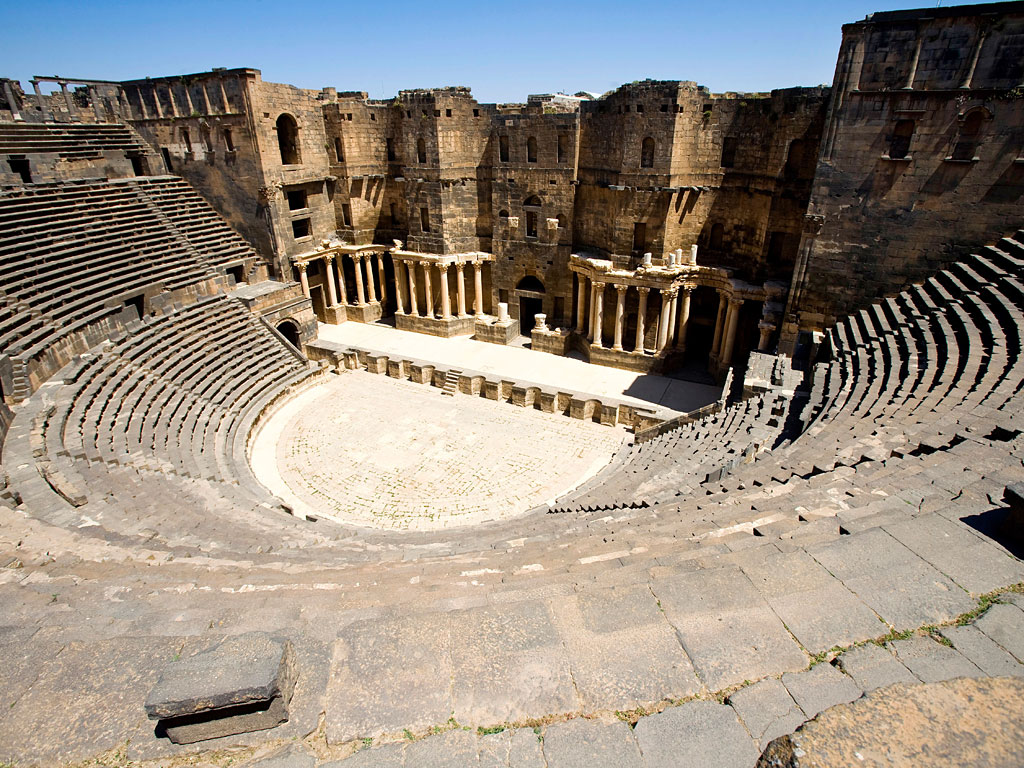It is often said that the Middle East is home to the ‘cradle of civilisation’. In the fertile region between the Tigris and Euphrates rivers, civilisation first grew. The first cities emerged. The earliest writing systems developed. In what is now Iraq, and parts of Syria, the staggering ancient empire of Mesopotamia sprung from the land. Over thousands of years, the ‘cradle of civilisation’ has changed hands numerous times. From the Assyrians, to Romans, Arabs, and the Ottomans, various groups have controlled this region. Though the cultures have gone, their heritage will remain. Or so we thought.
What was once considered to be indelible and an enduring part of human history, is now in danger of disappearing for good. The rampaging tactics of ISIS have left no ancient artefacts untouched. We have already lost many great treasures of history.
Nineveh is ancient capital on the eastern bank of the Tigris, and as civilisations grew, it merged with Mosul. Both have long been under ISIS control. In this area, ancient mosques have been blown up, ancient artefacts have been taken from museums and destroyed, or sold on the black market, and ancient city walls damaged irrevocably. ISIS have also destroyed the 3000-year old city of Nimrud, and the ancient city of Hatra. The ongoing civil war in Syria is also causing irreversible damage. Some incredible sites survive, but may soon be at risk of destruction.
The Ancient Sites of Iraq and Syria Are At Risk
Palmyra, Syria
An ancient city lies to the north of Damascus. Palmyra (also known as Tadmur) was once one of the most important cities in the ancient world. It was a melting pot of cultures, where Hebrews, Greeks, Romans, Arabs, and Persians settled and left their mark. Palmyra was founded over 4000 years ago, and soon became a bubbling hub of trade from across the East. Spices from India, silk from China, various goods from Persia, all passed through the city, as Roman gold flowed through. This desert city became an oasis of wealth, and its magnificent buildings are testament to this. Palmyra is filled with priceless ancient masterpieces, from the ancient Semitic Temple of Bel, to Roman sites such as Diocletian’s Camp. It recently fell under the control of ISIS. With the group rumoured to have placed land-mines under the city, and the destruction of shrines nearby, it may not be here much longer.
Samarra, Iraq
Samarra was the beating heart of the Abbasid Caliphate, an Islamic empire that ruled over much of the Middle East, Central Asia, and North Africa for over 500 years. The city is a treasure trove of Islamic architecture, with the 1200 year old spiral minaret of the Great Mosque of Samarra as the crown jewel. Samarra was also home to some of the largest palaces ever seen in the Islamic world. But all of this is at risk. Having survived invasion by the Mongols, Samarra now faces its greatest threat. Earlier this year, the residents of the northern Iraq city of Samarra managed to repel an ISIS attempt to gain control of the city. However, attacks continue to be launched. Suicide bombings and a renewed military attack may spell the end of a city that has stood the test of time.
Bosra, Syria
Bosra has a deep religious history. Once the capital of Roman Arabia, Bosra (also known as Busra al-Sham) became known for its spirituality. It was once a key step on the pilgrimage to Mecca. The city is full of large ancient mosques, as well as many early Christian ruins. A large Roman amphitheatre forms the centrepiece of the ancient heart of the city. Bosra was captured by Syrian rebels. While unlike ISIS, they are not concerned with destruction, the ancient ruins are still at risk. Shelling by the Assad regime has resulted in architectural devastation before. The Great Mosque of Aleppo was built over 1300 years ago, and its minaret was reduced to rubble by Assad’s government. The same attacks could occur in Bosra, and an important piece of ancient history could be lost forever. The city is already being used as a battleground, and mosaics and walls have been damaged.
Wars waging in Iraq and Syria threaten the historic legacy of the region. The destruction of these sites and artefacts are not just an attack on the Middle East, they are an attack on the entirety of human civilisation. Having stood the test of time for thousands of years, survived invasion after invasion, these magnificent structures could be lost to humanity in just a few short years. This too is a tragedy.
If you like this article you may be interested in “Corruption Is Iraq’s Latest Battle”.








